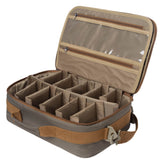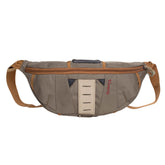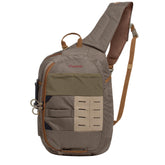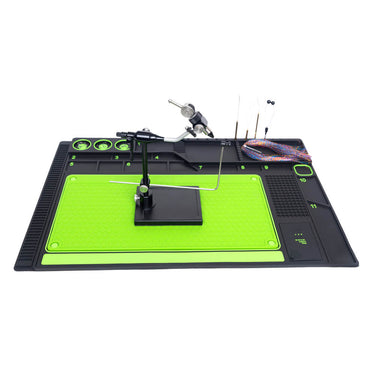Mastering the Art of Sea Bass Fly Fishing
Fly fishing for sea bass (both European sea bass (Dicentrarchus labrax) and striped bass (Morone saxatilis)) can be an exhilarating experience. These powerful fish are aggressive predators, making them excellent targets for fly anglers. Here’s a comprehensive guide to help you succeed:
1. Understanding Sea Bass Behavior
Habitat:
European sea bass frequent coastal waters, estuaries, and rocky shorelines (especially in the UK, France, and Mediterranean).
Striped bass (common in North America) are found in surf zones, estuaries, and around structure like jetties and reefs.
Feeding Habits: They hunt baitfish (sand eels, mullet, anchovies), crustaceans, and squid, often near the surface at dawn/dusk or during tidal changes.
2. Best Fly Fishing Gear for Sea Bass
Fly Rod & Reel
Rod: 8–10 wt (9 wt is ideal for larger bass or windy conditions).
Reel: Saltwater-proof with a smooth drag (e.g., Lamson Guru, Orvis Hydros).
Line:
Floating line (for surface or shallow water).
Intermediate/sinking line (for deeper strikes, especially in currents).
Leaders & Tippet
Leader: 9–12 ft, 10–20 lb fluorocarbon (abrasion-resistant for rocks).
Tippet: 12–20 lb, depending on fish size and structure.
3. Best Flies for Sea Bass
Baitfish Imitations
Clouser Minnow (white/blue, chartreuse/white) – #2/0 to #4.
Deceiver (all-white or olive) – #1/0 to #4.
Game Changer (articulated for lifelike action).
Crustacean/Sandeel Patterns
EP Baitfish (for sand eel imitations).
Crab/shrimp flies (for estuary fishing).
Topwater Flies (Exciting Strikes!)
Poppers (Gurglers, Bob’s Banger).
Sliders (Crease Fly, Snake Fly).
4. When & Where to Fish
Best Times
Tides: Incoming/outgoing tides near structure (bass ambush baitfish).
Light: Dawn/dusk (low light = aggressive feeding).
Season:
Europe: Spring–Autumn (peak summer).
US Stripers: Spring/Fall migrations.
Locations
Surf Zones: Stripers chase bait in breaking waves.
Estuaries/Rivers: Juvenile bass and schoolies.
Rocky Outcrops: European bass patrol drop-offs.
5. Techniques for Success
Retrieve: Fast strips (imitating fleeing baitfish) or erratic pauses.
Depth Control: Use sinking lines or weighted flies near the bottom.
Sight Fishing: Polarized glasses help spot cruising bass in clear water.
Blind Casting: Cover water methodically near likely structure.
6. Conservation & Ethics
Handle with care: Use rubber nets, wet hands, and release quickly.
Avoid spawning areas: Respect closed seasons (e.g., European bass bans in winter).
Barbless hooks: Easier release, less harm.
Bonus Tip: Fly Fishing from a Kayak
Kayaks let you access shallow bass hotspots quietly. Use an anchor or drift with the tide.
Final Thought: Sea bass are strong, fast, and unpredictable—perfect for fly fishing thrills! Adjust tactics based on conditions, and always watch for surface boils or diving birds signaling baitfish (and bass below).
Tight lines! 🎣















